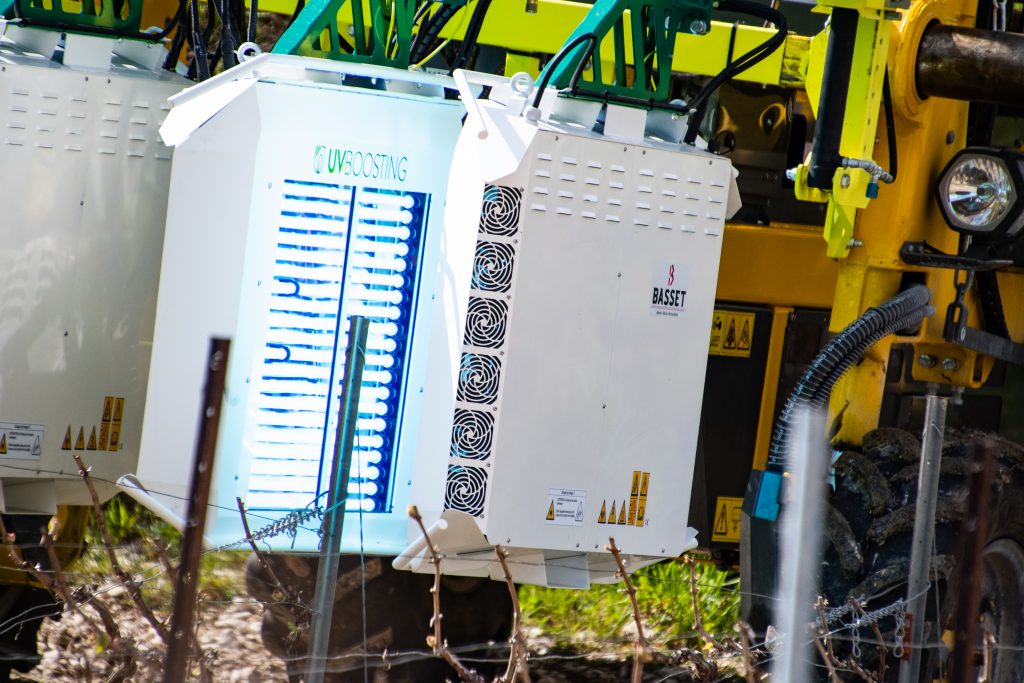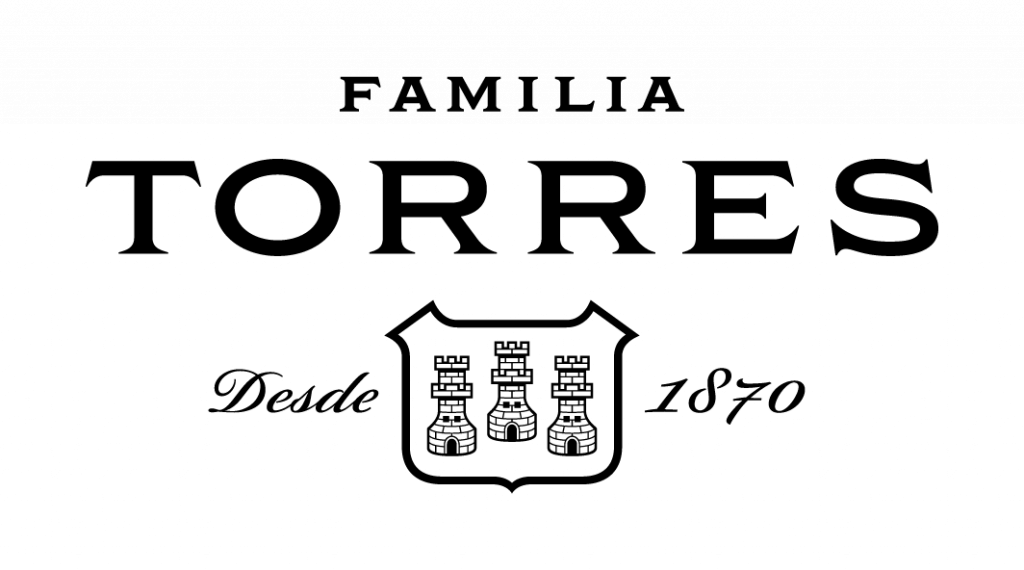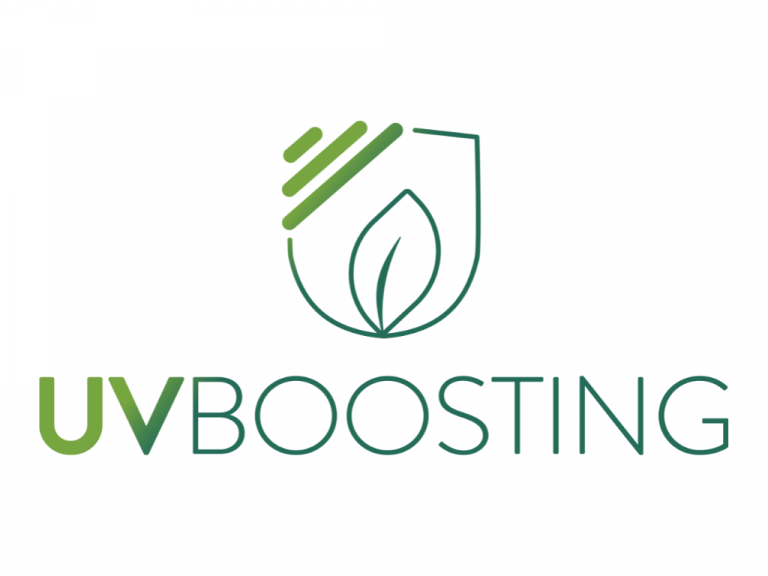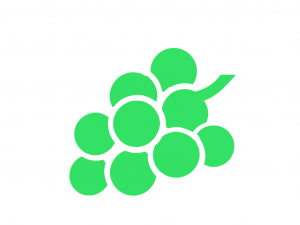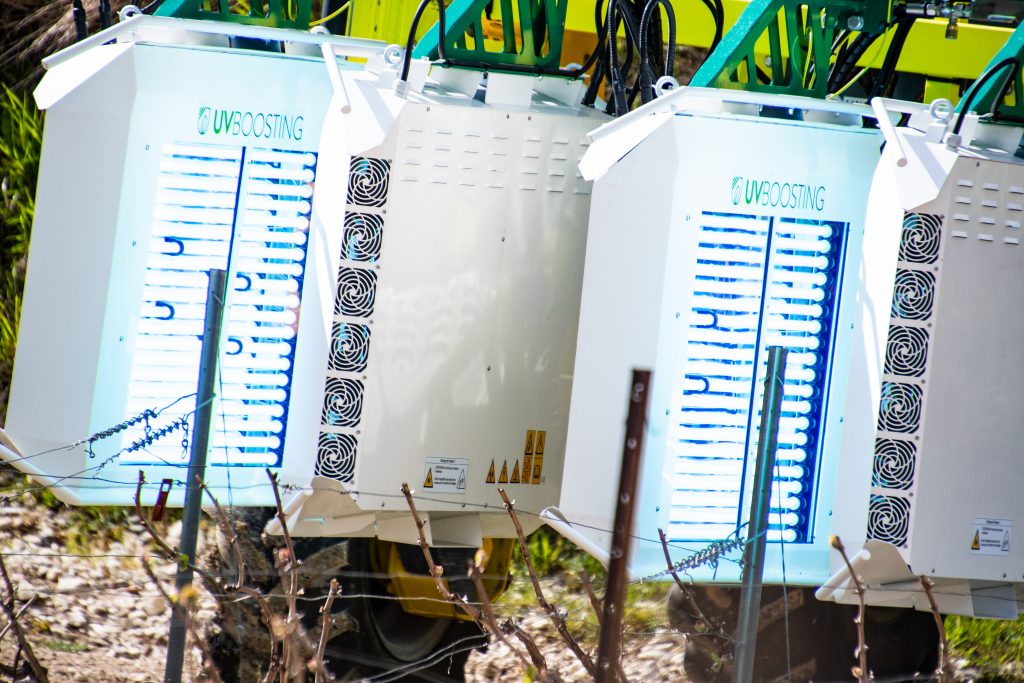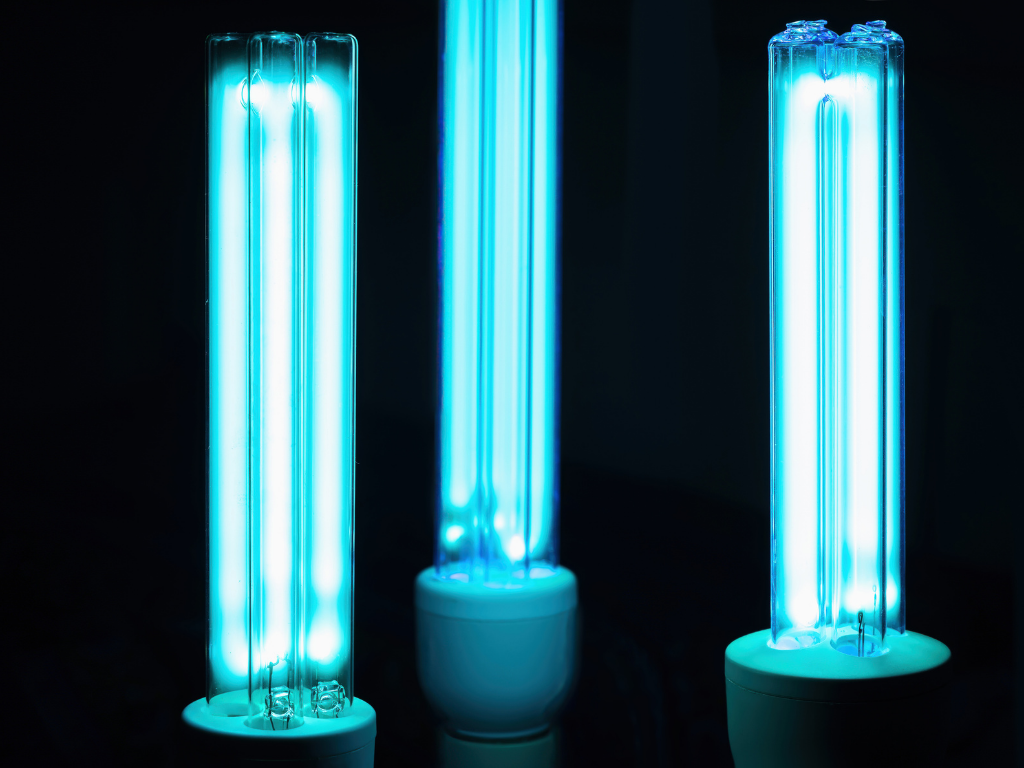LIFEisLIGHT project aims at demonstrating the environmental, economic, and social performance of an innovative technology for plant protection against fungi based on UV-C flashes in 3 different EU Member States (France, Spain and Italy). This general objectif can be split in 4 specific objectives:
- REDUCING by at least 50% the use of fungicides in vineyards to limit environmental and health impacts
- OPTIMIZING the UV-C sources
- DEEPENING knowledge on plant reaction to UV-C flashes
- EQUIP a total of 15 commercial wine farms with the prototypes developed in the scope of LIFEisLIGHT (France, Spain, Italy)
